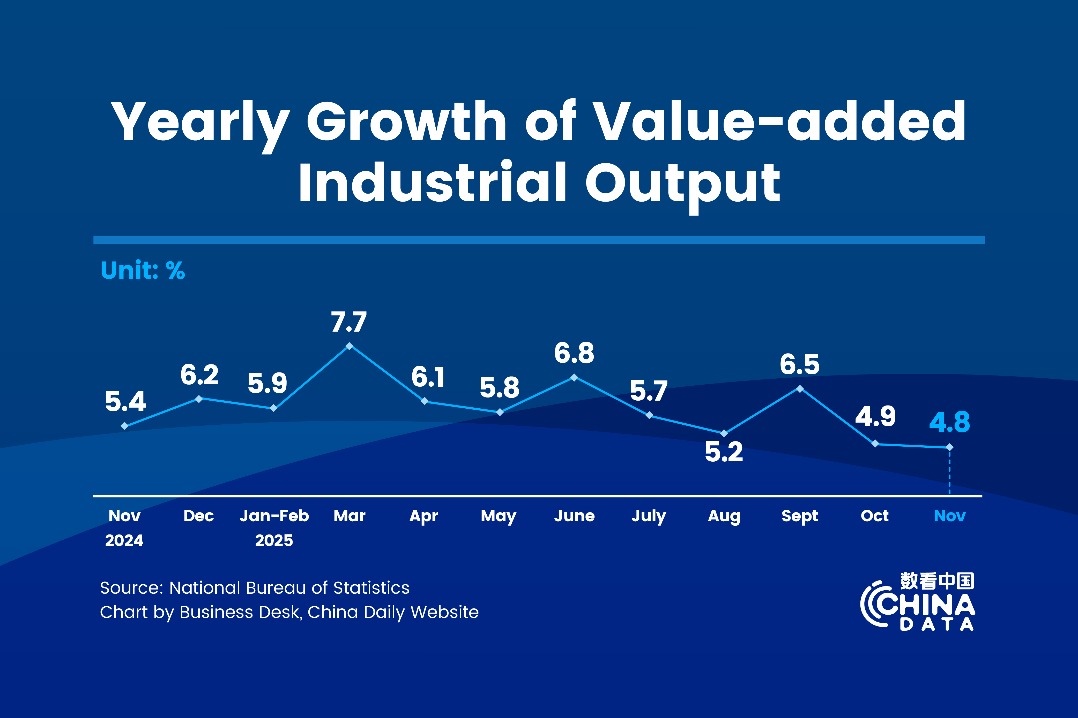White paper clarifies 6 key facts about China-US trade, economic ties

"If we give full consideration to these three factors - trade in goods, trade in services, and sales of local subsidiaries in the host country, trade and economic cooperation delivers balanced benefits in general for China and the United States, with the latter reaping more net benefits," the white paper said.
The mutual benefit principle advocated by the WTO means overall reciprocity and balance of interests in market opening across all the industries of the members, it said. "This is genuine global fairness."
Since China's adoption of reform and opening-up, foreign enterprises have established partnerships with Chinese companies by voluntarily entering into contracts, according to the white paper.
"They transferred production capacity and orders to China of their own volition so as to tap into the emerging market, save production costs, achieve economy of scale, and extend the term of profiting from technologies," it said. "These are voluntary behaviors based on business interests."
"It accords with neither historical facts nor the spirit of contract to unjustly label bilateral transactions on a voluntary basis as forced technology transfer simply on the grounds of Chinese firms' technological advances," the white paper added.
According to the white paper, China's attitude towards IPR protection is clear and firm. "It has continued to reinforce protection through legislation, law enforcement and the judiciary, and achieved some notable successes."
It is consistent with the WTO for the Chinese government to encourage businesses to go global and engage in international economic exchanges and cooperation, and China conscientiously complies with WTO rules on subsidy policy, the white paper said.




































